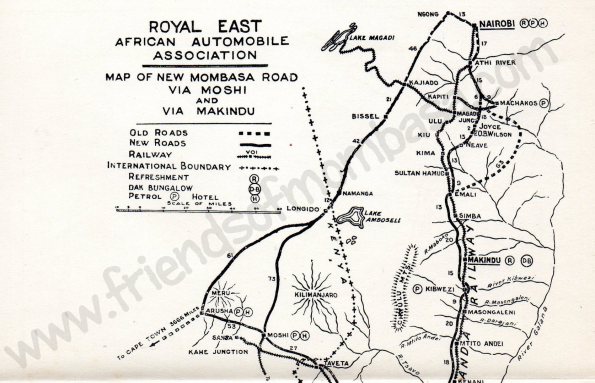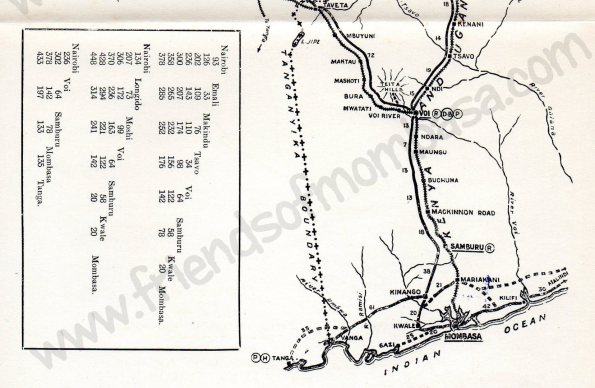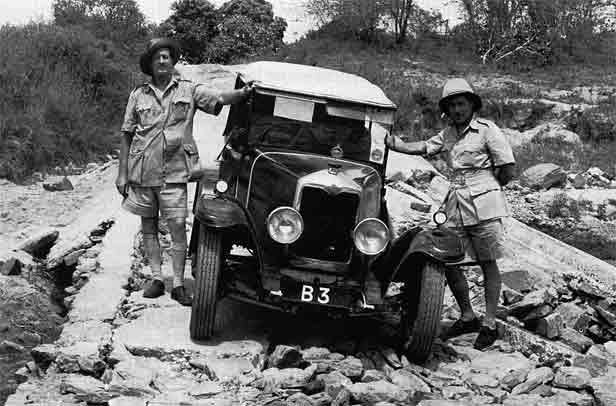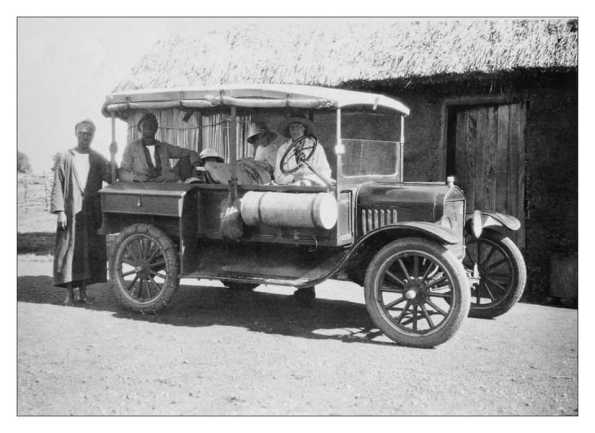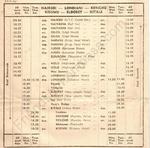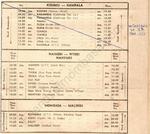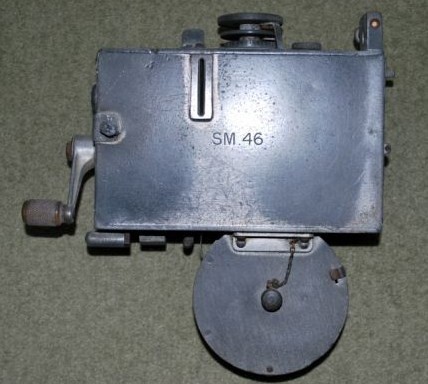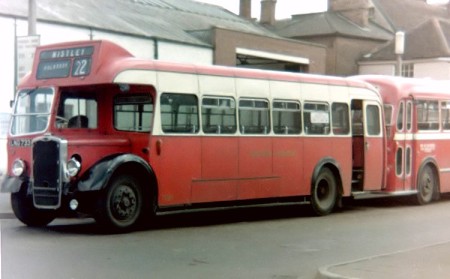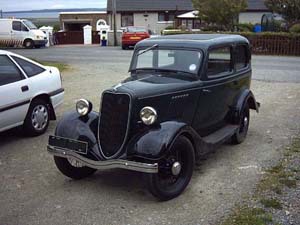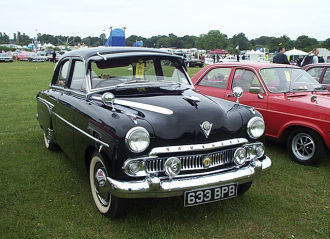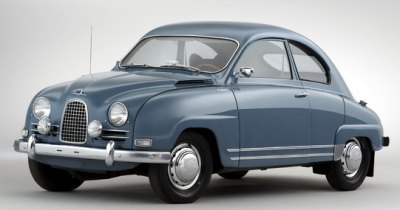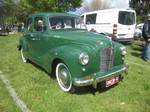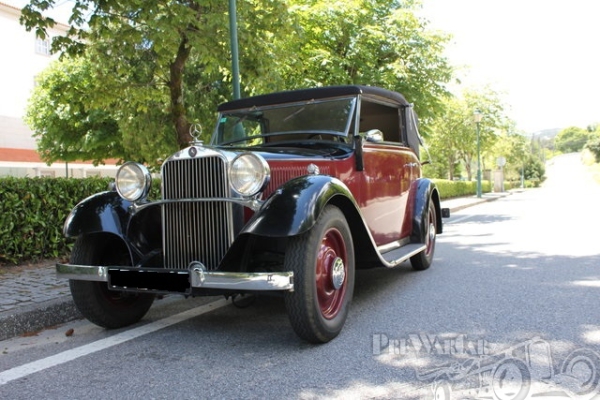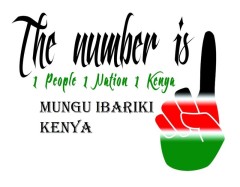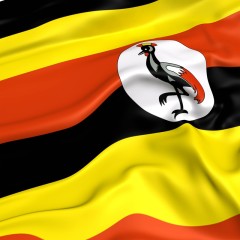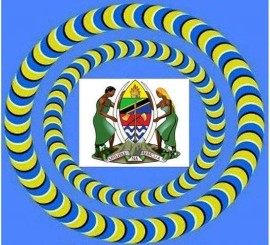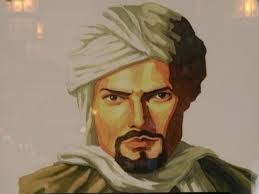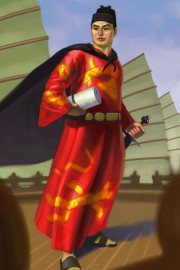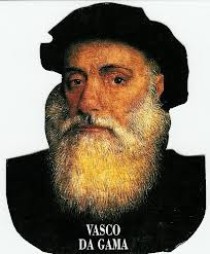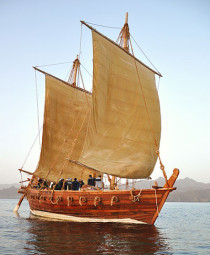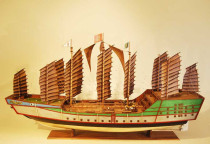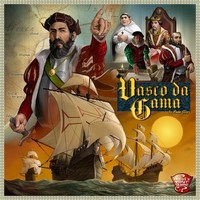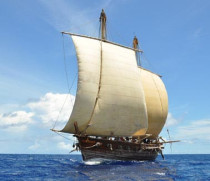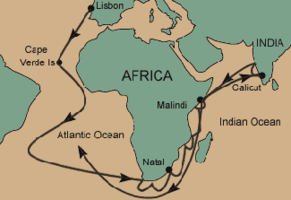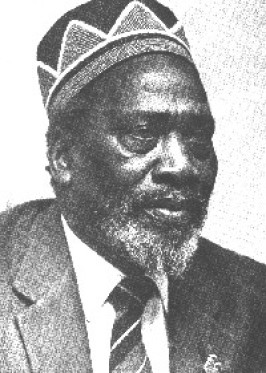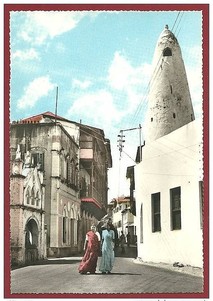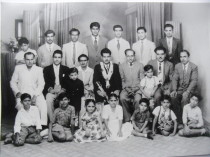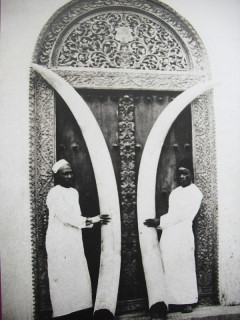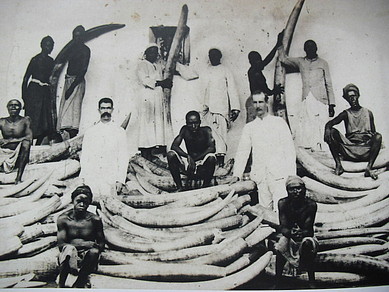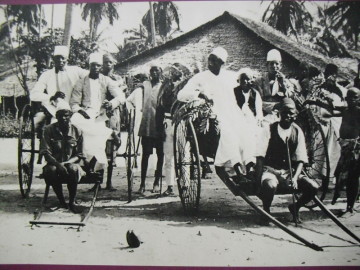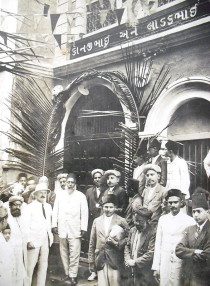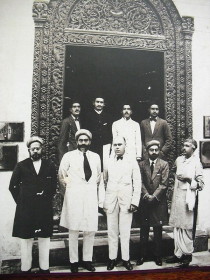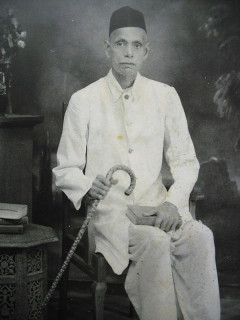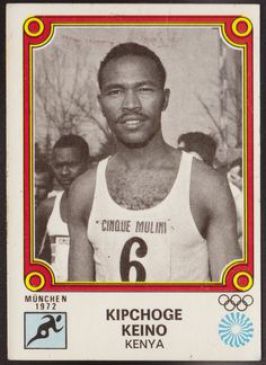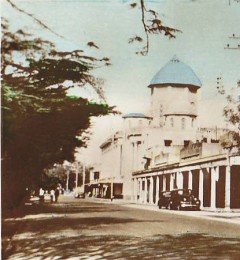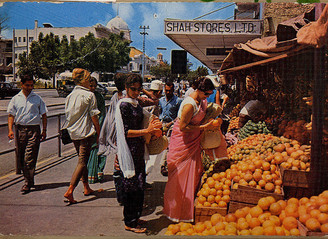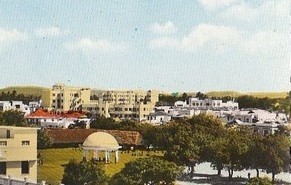NAIROBI TO MOMBASA Dec 1926
The Nairobi-Mombasa Road, or rather the possibility of it, has always presented endless difficulties, and to many these difficulties It appeared greater than the actual need of a road between Capital and Coast.
Personally I must say that it has always been one of my dreams to have this road an accomplished fact. For a dozen or more reasons, I think it is
essential, and the progress which has been made in bringing this about since my pioneer trip in January, has been amazing. Further, in the two months since it was open to traffic 198 cars have,
to my personal knowledge, used it. Various routes were suggested as the Main Mombasa Trunk Road.
1) Via Kajiado, Moshi and Voi.
2) Via Kitui to Kilifi which meant crossing miles and miles of practically waterless country, covered with dense bush, and as yet unexplored.
3) Using existing roads to Emali, and thence by a direct road (now in course of reconnaissance survey) running parallel to the railway.
It was the first of these routes which I took in January accompanied by Captain Gethin in the “ Test ” Riley car. I would like to say here that no one could wish for a better companion on a pioneer trip of this kind.
His optimism at all times was wonderful, and stood the strain of mending over 50 punctures. From Voi to some 5 miles beyond Mackinnon Road, a distance of 60 miles, there was no road whatsoever, and we just had to hack our way through the dense bush with gangs of boys. In parts the bush was fifteen to twenty feet high, sansovera, thorn, cactus and wild sisal, not to mention the wait-a-bit thorn trees, so our progress was very slow, and the heat appalling. However, we eventually got through and a few miles beyond Mackinnon Road we reached the new road., which links up Samburu with Kwale and Mombasa.
In August I was asked to try the new route following the railway line from Emali to Voi. Although only a reconnaissance track, the hard red soil forms a natural road and in places we were able to travel 40 to 45 miles per hour. This road will in time be the Grand Trunk Road linking up Mombasa with Uganda and the Soudan. Mr. Birch of the Public Works Department has surmounted frightful obstacles in his survey of this road, and the very greatest credit is due to him for the really wonderful alignment. All that is wanted now are three small permanent bridges, one over the Tsavo River and two over the two Maboko Rivers, as the present temporary ones will be swept away by the first rains.
I would like to take this opportunity of offering my warmest thanks to Major Brook who built a splendid bridge over the Voi River, and who started the work on
the Samburu road, Captain Dundas who organised all the working parties from Voi to Mackinnon Road, and made the road after I had gone through, Major Layzell Voi, Mr. Maclean, Senior Commissioner,
Mombasa, Mr. Campbell, Senior Commissioner, Nairobi, Mr. Sykes, Director of Public Works, Mr. Fairley, Executive Engineer, Mombasa, Mr. Birch Survey & Reconnaissance, Mr. Sharp, District
Commissioner, Kwale, who made the splendid road from Mackinnon Rd. to Kwale, and Mr. Wykham and Mr. Tysdale who have greatly improved the Voi—Ndara—Mackinnon Road section.
L. D. GALTON-FENZI,
Hon. Secretary, R.E.A.A.A.
The Story Behind The Galton Fenzi Memorial
It is a tribute to Lionel Douglas Galton-Fenzi who is remembered for founding the Nairobi branch of the Royal East Africa Automobile Association in 1919, now the Automobile Association of Kenya. He is also remembered as the first motorist to drive from Nairobi to Mombasa in 1926 when all that existed was a dirt track.
http://www.theeagora.com/the-story-behind-the-galton-fenzi-memorial/
Ford Model T, Nairobi in 1924
It is not known when the first vehicle was registered in Kenya, but it is thought to be before 1920. Single letters were attributed to each of the 14 registration districts i.e. N=Kiambu, E=Kisumu, J=Kitale, B, H, T, W=Nairobi, A=Mombasa, C=Nakuru, D=Kericho, F=Eldoret, G=Nyeri, K=Muranga (Fort Hall), L=Kisii, Q=Machakos, S=Lamu, V=Isiolo, Y=Nanyuki. A serial number of 1-9999 followed, on white on black plates, save for public transport vehicles, ie buses, taxis and hire cars, which used black on white.
The 1950 K-prefix series was a change to a three-letter numbering system, necessitated by the increasing number of vehicles being registered. It was introduced on a regional basis as follow; All plates began with K, followed by the regional code (below) and a serial letter A-Z, not using letters I or O.
Nairobi - KB (1950), KF (1955), KG (1959), KH (1961), KK (1965), KM (1968), KN (1970), KP (1972), KQ (1974), KR (1976) and KV (1978)
Mombasa - KA (1950), KJ (1966), KT (1977)
Nakuru - KC (1950), KL (1967), KS (1977)
Kisumu - KD (1950), KU (1977)
Nanyuki - KE
Other number were issued
Some KC and KL numbers were issued to Eldoret and Kitale.
KBA was issued in Nyeri, the first Nairobi number being KBB. Nyeri then followed with KFE and KGT.
Kericho was issued with KDB then KDK which were used up to 1969.
Kisii was issued with KDE then shared KDK with Kericho.
Kakamega used KDL between 1962 and 1967.
The numbering system was centralised in 1980 and after that date all Kenya numbers are in sequence. Between 1980 and 1984 the unused numbers from Nakuru (KS), Mombasa (KT) and Kisumu (KU) were issued, KW (1984) being the first number that was never used regionally.
Overseas Touring Co (EA) Ltd, Grey Line, Pullman Coach Services
NAIROBI TO MOMBASA Dec 1926
The Nairobi-Mombasa Road, or rather the possibility of it, has always presented endless difficulties, and to many these difficulties It appeared greater than
the actual need of a road between Capital and Coast. ….L. D. GALTON-FENZI
I wonder how many people living have actually come across or heard of Overseas Touring Co (EA) Ltd, Grey Line, Pullman Coach Services in their
time?
The coach company Motorways offered Pullman coaches, generally accommodating 15 people in comfortable armchairs with tables, buffet bars and toilets. These coaches operated in many parts of Europe and North Africa, were used on safaris in East and Central Africa and even provided a twice-weekly service between London and Nice, taking a relaxing five to six days to make the trip.
In 1934, the Overseas Transport Company of London introduced the first local bus in Kenya using a fleet of 13
buses on 12 routes. In 1966 the City Council of Nairobi (CCN) gave United Transport Overseas Services (UTOS) the then owners of Kenya Bus Services Ltd (KBS) a monopoly franchise to operate a bus
service in return for a 25% shareholding stake in KBS.
Below are displays of Time tables that were effective from October 16th 1950, Nairobi-Londiani-Kericho-Kisumu-Eldoret-Kitale
Kisumu-Kampala (it was later withdrawn on 18th Jan 1951, Nairobi-Nyeri-Nanyuki, Mombasa-Malindi
Display of Particulars and bookings through agents or Overtourco offices..
The Official Gazette also displays Transport Licence operating application under Ordinance and areas of transport operation under.
Kenya Bus Services late 1950's early 1960's, Mombasa
KENYA BUS SERVICE HISTORY
In 1934, the Overseas Transport Company of London introduced the first local bus in Kenya
using a fleet of 13 buses on 12 routes. In 1966 the City Council of Nairobi (CCN) gave United Transport Overseas Services (UTOS) the then owners of Kenya Bus Services Ltd (KBS) a monopoly franchise
to operate a bus service in return for a 25% shareholding stake in KBS.
This was and still remains the first form of Private Public Partnership (PPP) in Public Road Passenger Transport (PRPT). KBS remained the sole operator of bus transit till the 1970's when Kenyanization and serious lobbying by the local informal sector (Matatu Vehicles Owner's Association and Country Bus Owner's Association) sort to cover the gap left due to high rural – urban immigration.
1986 saw the state introduce Nyayo Bus Service Ltd (and shortly
thereafter, the Nyayo - London look - Taxis) in contravention of the then existing Franchise Agreement with CCN but in 7 years, the heavily subsidized but inefficient bus company folded up leaving
the unsubsidized but efficient KBS in serious competition with a deregulated and un-taxed informal sector (Para-transit). Failure to regulate and tax Matatus then, was tantamount to subsidizing the
sub sector and in effect allowing it to operate without paying its externalities' true cost. The Para-transit mode which thrived and continues to thrive on illegalities was and continues to be
allowed to operate outside labour legislation while KBS was heavily unionized, stuck to the rule of law and therefore bore all the costs of labour as per statutes.
http://kenyabus.net/history.html#:~:text=Financiers-,KENYA%20BUS%20SERVICE%20HISTORY,13%20buses%20on%2012%20routes.&text=This%20was%20and%20still%20remains,Road%20Passenger%20Transport%20(PRPT).
1932 EAST KENT ROAD CAR S.M.A ,SETRIGHT TICKET MACHINE
Noticeable with S.M.A there are strong similarities to the later Setright S.M.B machines introduced in the late 1940s.
http://www.ticketmachinewebsite.com/1932setrightticketmachine.htm
Classic Buses News & Mail
Crosville - Halfcab Bristol 'L' single deckers
http://www.classicbuses.co.uk/crosvl.html
The Bristol K was first manufactured in 1936 and replaced the G-type as Bristol's production double-deck chassis. In 1950 , revised construction and use regulations allowed double deck vehicles to be 27' 6" long and 8' wide, so the K became first the KS and then the KSW.
http://classicbristolbuses.thornet.co.uk/k.htm
Models
http://www.dieselpunks.org/m/blogpost?id=3366493%3ABlogPost%3A159661
Credit to Duke Ngei for providing historical Bus transportation that were used by many people.
Did you know each Kenyan town had its own car number plates, KAA for Mombasa?
https://en.wikipedia.org/wiki/Vehicle_registration_plates_of_Kenya
A LOOK AT VINTAGE KENYAN CARS
http://slatford.co.uk/Car%20Pictures%20Pages/Ford.htm
British Cars
http://www.simoncars.co.uk/ford/squire100e.html#
Classic Cars
Welcome to The Old Car Manual Project's collection of old car brochures. Currently numbering over 50,000 images, this collection has been built through the generous contributions of old car.
Classic Cars
There are now well over 450+ classic car photographs in this photo archive, so if you're looking for classic car picture or truck photos, have a browse in the list of car photographs below .. more old car pictures added regularly. Please note: I have now split the images across a number of pages, as one page for all photos was becoming unwieldy. This page now contains images for the 1920s and 1930s vehicles only, with those from the 1940s, 1950s, 1960s and 1970s now having their own pages, which can be chosen from the links below.
http://www.oldclassiccar.co.uk/classic_archive3.htm
Saab collection
Pre-War modelled Cars
Pre-War modelled Cars
http://www.prewarcar.com/classifieds/german-cars/
Vintage Classic Car Club
http://www.oocities.org/motorcity/flats/2014/concours2000.html


